Home automation is a pretty cool concept. It essentially gives you the ability to tell your house to do things, and it’ll get it done. But you might be wondering what it takes to make an automated home. Various companies can install these services, but we will focus on home automation via Raspberry Pi.
Here are a few things you should know when deciding to install Raspberry Pi in your home:
- Understand what home automation is.
- Understand what Raspberry Pi is.
- Commercial home automation vs. Raspberry Pi: pros and cons.
This article is an “Ultimate Guide,” so we have a lot of ground to cover. We’re going to discuss what home automation and Raspberry Pi are. We’ll also talk about the types of software you can use in concert with Raspberry Pi to set up your smart home.
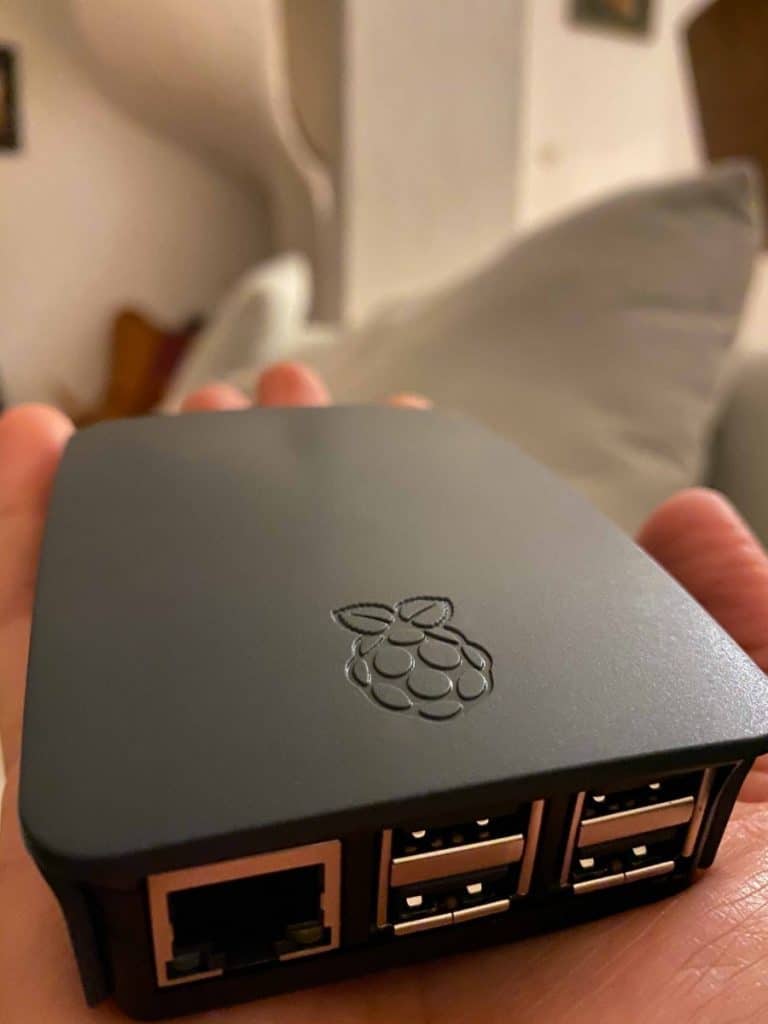
1. Understand What Home Automation Is
An automated home is one whose utilities and other features you can control through electronic and automatic means. Automated, aka smart, homes allow you to access and command electronic items in your home from anywhere at any time.
Garage doors, lights, sprinklers, heaters, and air conditioners, you can connect all these devices to a remote-controlled network.
To specify, your home is controlled by an integrated system linked together by WiFi that lets you manage things from smartphones and tablets no matter where you are.
There are three principal components you need for a smart house to function: actuators, controllers, and sensors.
- Actuators are pieces that control the multiple functions in your home. These range from light switches to motorized valves (like garage door hinges), and you use controllers to manage them remotely.
- Controllers are any device you use to toggle smart house features as well as receive or send updates about your house’s condition. A controller can be a smartphone, tablet, or computer.
- Sensors are objects that allow you to monitor your home for changes. Some monitoring options include fire, motion, temperature, and sunlight. You can have your system software modify its settings according to your desires.
The Internet of Things
The “internet of things” (IoT) is a term that describes the relationship between physical objects that can share and transfer data with other devices without human intervention.
“Things” that are part of the internet of things can include heart monitor implants, drones, and of course home automation devices like motion sensors, alarms, and lighting.
IoT networks work by utilizing smart devices made with embedded systems that connect to the web. Embedded systems are computer systems with a specific function inside a larger mechanical or electrical structure. They’re referred to as embedded because they’re integral parts built into mechanized or electrical constructions.
Processors and sensors are some of the devices that utilize embedded systems. These devices gather, employ, run, and share data by sending it to an IoT gateway (a device that connects controllers and other smart devices to the cloud) to be analyzed.
IoT devices “talk” to other similar objects, and they’re able to act on the data they transfer back and forth. While the IoT networks can do most types of work without human help, people can install and program connected devices.
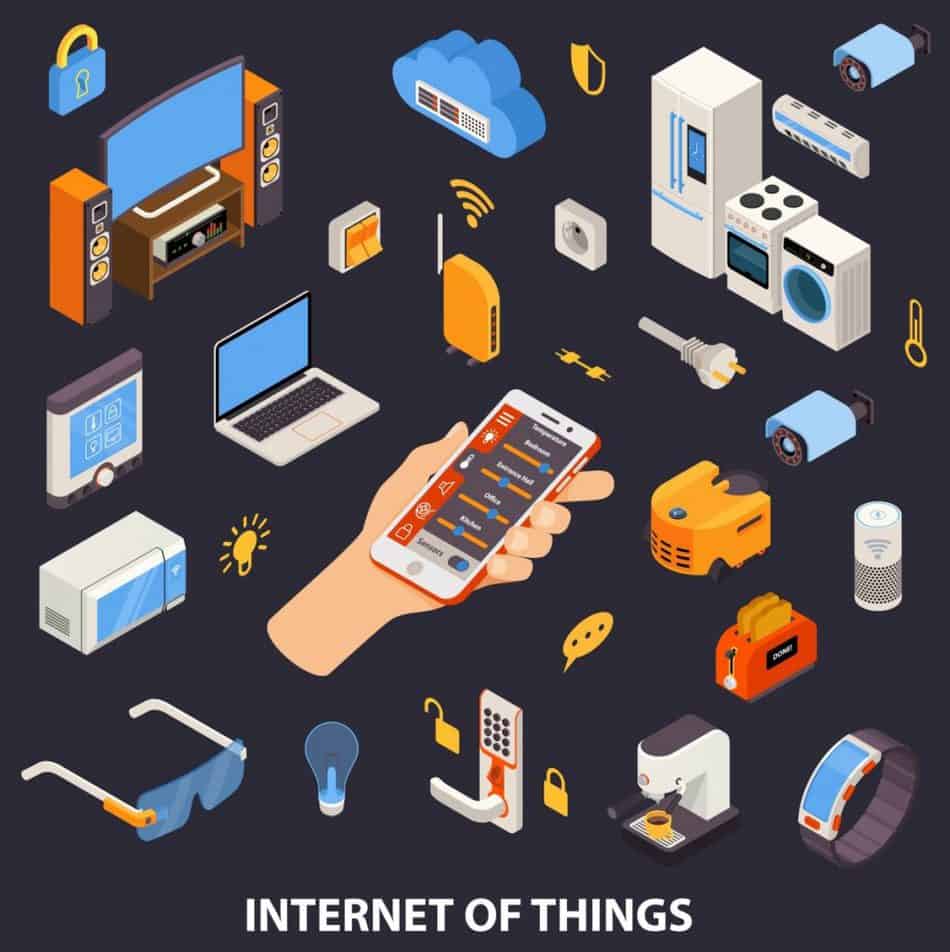
2. Understand What Raspberry Pi Is
Now that you have a cursory understanding of home automation, I’ll tell you about Raspberry Pi (RPi) and how it can help you attain a smart home. Raspberry Pi is a single-board computer (SBC) whose original function was to teach computer science in developing countries and schools.
It is a comparatively cheap computer about the size of a credit card and can plug into any computer monitor or television. You can also connect a keyboard or mouse to an RPi, depending on what you’re using it for.
People have since found various purposes for this United Kingdom native SBC. Retro gaming, video streaming media, desktop computers, controlling robots; you can accomplish all this and more with a Raspberry Pi. It goes without saying that you can make your house a little smarter with one too.
Raspberry Pi can use many different operating systems and primarily uses Scratch and Python as programming languages but supports other third-party ones. The Raspberry Pi Foundation offers the Raspberry Pi OS, but Windows 10 IoT Core, Android Things, Ark OS, RetroPie, and Kali Linux are a few other available operating systems.
3. Commercial Home Automation vs. Raspberry Pi: Pros and Cons
I discussed home automation in generalized terms earlier in the article. Still, there are a few differences between a smart home created by commercial means and one made by a Raspberry Pi. Most of the benefits and issues are the same regardless of which you choose.
First, we’ll go over the general perks you get from having a smart house. Next, we’ll discuss commercial installation cons, Pros for RPi automated homes, and finally shared cons for commercial and RPi automation.
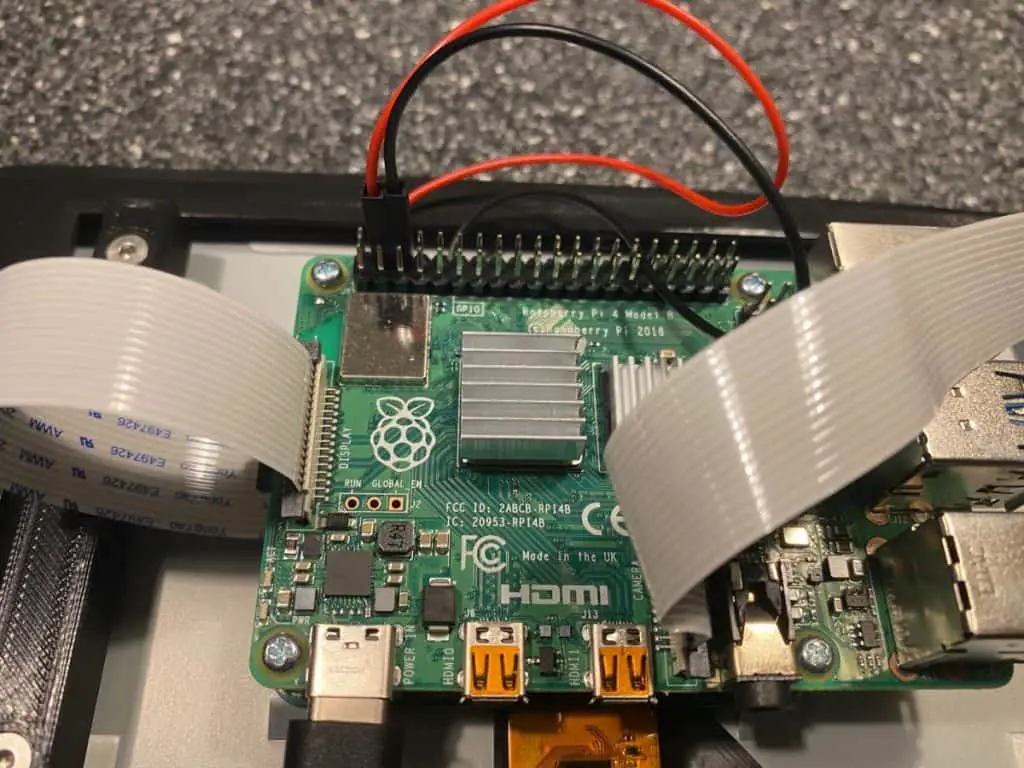
General Home Automation Advantages
Easy Access
If you have a working internet connection and a smartphone (and a tablet or computer), you can control all your smart home features from a single place.
Total automated control can be helpful if you’ve forgotten to close the garage door or turn off the air conditioning while leaving for vacation.
Convenient for Patients
Some everyday tasks can be difficult for people with specific disabilities or the elderly. Smart homes can make living at home much easier. Closing blinds and locking doors from your favorite chair can be an enormously helpful advantage.
Instantaneous Notification
Anything can happen to your house while you’re gone, and you may never know. With home automation, lack of information isn’t a concern. In the event of an emergency, like a fire, carbon monoxide leak, or break-in, you’re immediately notified and can take action to mitigate any damages.
Energy and Money Conservation
Utility bills can become costly over time. If you’ve got a smart house, you can use your electricity much more efficiently. An automated home and various smart devices can sense when you’re not around and power specific objects off.
Commercial Pros and Cons
Pros
- Professional Installation: Many smart home hubs can be professionally installed. Expert installations may offer a sense of security that a DIY installation probably won’t. You can be confident that your automated house will run properly with an expert handling things.
- Professional Maintenance: You can have a professional come out and fix your automated system if it breaks. If you can handle whatever’s wrong yourself, great. But if not, you can enlist help from your service provider.
Cons
- Upfront Fees: Perhaps the biggest issue you’ll have to face with a professionally installed smart home hub is labor and equipment fees. Eventually, you will see lowered bills each month, but the upfront costs to automate your home can be expensive—about $2000 to $7000 on average. Depending on the kind of house you have, you can end up spending upwards of $20,000 for installation and equipment.
- Maintenance Fees: You do have the benefit of a professional repair person coming out to fix your smart hub, but keeping it in working condition can get costly. That said, it’s still best to have your system looked after by a licensed agency or repair person as you could end up with malfunctions if not.
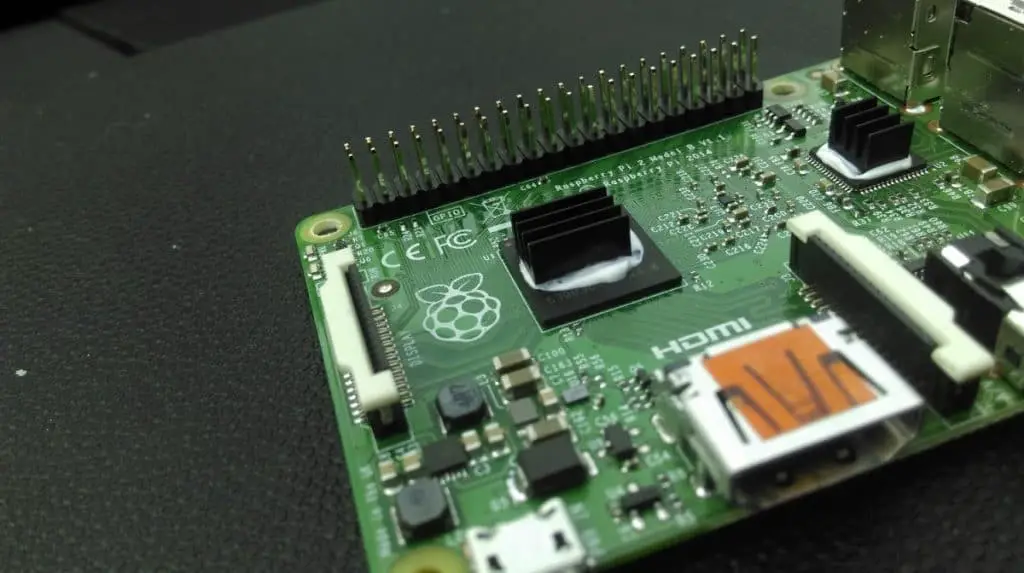
Raspberry Pi Pros
Inexpensive Cost
Unlike setting up an automated home with an established commercial company, you’re not going to pay very much for an RPi smart home. There are six Raspberry Pi models, and the most you’ll pay is about $75 (for the RPi 4B 8Gb).
You can find RPi kits on Amazon.com if you’re interested in assembling one for whatever purpose. The Raspberry CanaKit comes with most of what you’d need to set up your home automation.
DIY Installation
Sometimes, DIY is the cheaper option, as I’ve mentioned before. You may also have your smart house up and running much quicker than if you waited for someone else to do it for you. Self-installed home automation gives you more customizability as well.
General Automated Home Disadvantages
- Susceptibility to Power Outages: While some automated systems have more considerable power requirements than others, commercial and Raspberry Pi systems are vulnerable to power outages. If the electrical goes out, so does your home automation.
- Potential Security Breaches: Hackers can breach home automation. There’s also the matter of password authentication – or rather, what happens if someone gets your password. People can use your credentials for all sorts of nefarious purposes if they get into the wrong hands.
- Dependence on Internet: This drawback probably goes without saying, but your home won’t be so smart without a strong, consistent internet connection. Both Raspberry Pi and commercial home automation require the internet to connect with each piece of the system.
Raspberry Pi Smart Home Software
The wonderful thing about Raspberry Pi is that it’s customizable. There are plenty of RPi smart home software options to choose from, and some of them have different aims than others.
For example, one application may let you integrate with a smart assistant like Amazon’s Alexa while another turns on your sprinkler system.
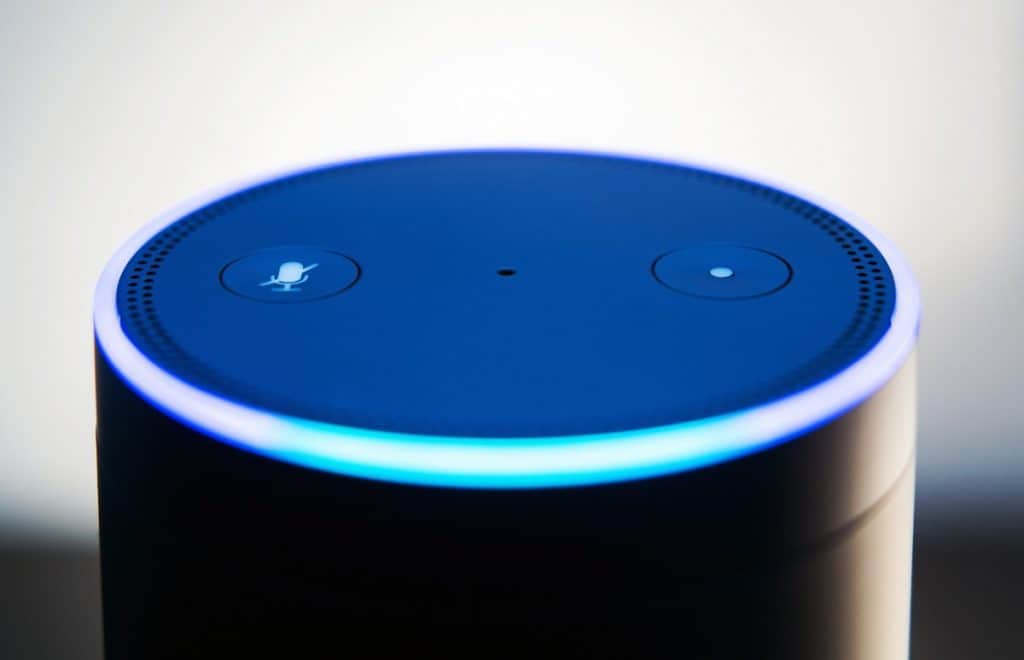
MisterHouse
MisterHouse has both remote control and voice activation capabilities. You can record TV shows, announce phone calls, open curtains, and even track your car. MisterHouse accomplishes all this by using Perl script, a programming language that allows you to input commands for specific items.
MisterHouse works with Raspberry models 2, 3, 3 A+, 3 B+, and Raspberry Pi 4
Home Assistant
What makes Home Assistant so remarkable is that it has various add-ons. If you want Google Assistant, there’s an add-on for that. If you’d rather use Alexa, there’s an add-on for that as well. You can integrate Samsung SmartThings, Plex, and Zigbee as well.
Home Assistant is compatible with Raspberry models 2, 3, 3 A+, 3 B+, and Raspberry Pi 4
Mycroft
Mycroft works a lot like Google Assistant or Alexa and is pretty easy to assemble. You’ll need an RPi, a USB microphone, microSD card, and Mycroft image or run Mycroft in Raspbian (operating system optimized for RPi systems). If you’re not a fan of DIY, you can just purchase a Mycroft unit.
Once you’ve assembled your voice assistant, you can request media regulation, web searches, news, and many other things.
Mycroft is compatible with Raspberry models 2, 3, 3 A+, 3 B+, and Raspberry Pi 4
Jeedom
Jeedom is another open-source home automation application which can control lighting and media devices. This software is compatible with Zigbee, Z-Wave and has mobile apps for Android and iOS if you need to change any home settings while you’re out.
Jeedom is highly customizable and allows each user to modify their smart hub to suit their needs with widgets. Like Mycroft, Jeedom comes with ready-made models if you’re not interested or able to set it up yourself.
The platform works with Raspberry models 2, 3, 3 A+, 3 B+, and Raspberry Pi 4
MiPi
MiPi is easy to use and has Android and iOS apps for on-the-go smart home control. MiPi enables you to connect and synchronize four Raspberry Pi boards. The software works by giving remote control over GPIO (general-purpose input/output). GPIO has no specific purpose unless given one. You’re able to assign them functions with the MiPi software.
MiPi operates on a number of Raspberry models, including 2, 3, 3 A+, 3 B+ and Raspberry Pi 4
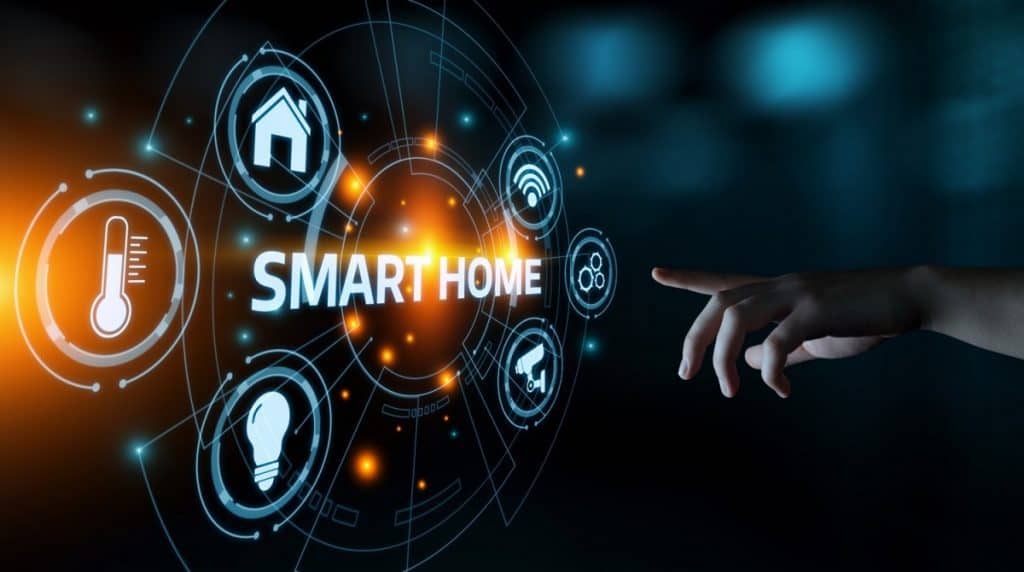
Closing Thoughts
If you’re serious about getting home automation installed, you should have some idea of what it is. Home automation gives you the ability to control your home electronically and automatically.
The Internet of Things connects every part of your smart home system. The IoT is a network connecting physical items that share data without human aid.
Raspberry Pi is a quick, easy way to set up your home automation system. It’s a cheaper alternative to having a commercial company come to install it for you, and you have much more customization options than if you’d bought smart home services.

